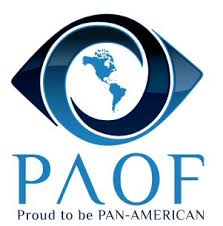Since 1984, over 400,000 patients have been treated at De La Pena Eye Clinics, owned by Dr. William De La Pena. At five locations throughout Los Angeles, Dr. William De La Pena and his staff treat patients with diabetic eye disease, cataracts, and glaucoma. In addition, they provide refractive and cataract surgery and diagnose common problems such as astigmatism.
Astigmatism is one of the most common causes of blurred vision. Patients with the condition have a cornea that isn’t perfectly spherical, which prevents light from focusing properly on the retina. In mild cases, patients with astigmatism don’t need corrective eyewear. Others, however, experience nearsightedness or farsightedness that requires glasses or contacts.
Patients with astigmatism are most commonly prescribed corrective eyewear. However, some patients are advised to undergo orthokeratology, a process in which a patient wears a series of rigid contacts to gradually reshape the curvature of the cornea. Others choose refractive surgery, a permanent solution that reshapes the cornea with a laser.
Astigmatism is one of the most common causes of blurred vision. Patients with the condition have a cornea that isn’t perfectly spherical, which prevents light from focusing properly on the retina. In mild cases, patients with astigmatism don’t need corrective eyewear. Others, however, experience nearsightedness or farsightedness that requires glasses or contacts.
Patients with astigmatism are most commonly prescribed corrective eyewear. However, some patients are advised to undergo orthokeratology, a process in which a patient wears a series of rigid contacts to gradually reshape the curvature of the cornea. Others choose refractive surgery, a permanent solution that reshapes the cornea with a laser.











